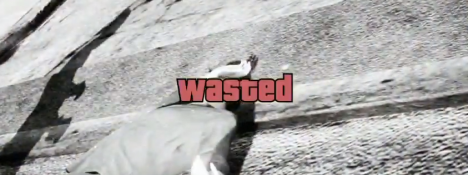Sequels in video game follows the same dilemma that in the movie picture industry : what to remove from the first opus, what to keep to maintain the spirit and what to add to make it exciting again. The bottom line is, whatever you choose, people will get disappointed and/or angry. Decisions on features will only change which people you will annoy. In the video game industry, I guess that it boils down to the following alternative:
If you change too much, long-time fans of the first installment will rant about the so-called “lost spirit” of the series. You will attract curious new players to your game, and they will be able to play the previous game if they enjoyed the new one, because it won’t be a copycat. And you’ll get the chance to win the long time fans back with the next game of the series.
If you change too few, long-time fans of the first installment will rant about the so-called “lack of creativity” of the series. You will attract curious new players to your game, but they will feel awkward playing previous game, because this will be the same game, but with less features. Next time you’ll announce a new game in the serie, expectations won’t be that much from either group of players.
Example : Dungeon Keeper series, both games are worth playing, Civilization series [fr], with the I-II-III being fairly identical, while the IV and the V being slightly different from each other.
Counter-example : Original Fallout series, playing the first game after the second is just a waste of time (or for the story only), Constructor series, with Street Wars (Constructor Underworld) being Constructor but better, or Anno series [fr], whose graphic enhancements doesn’t completely cover the lack of new game concept in each and every sequel.

